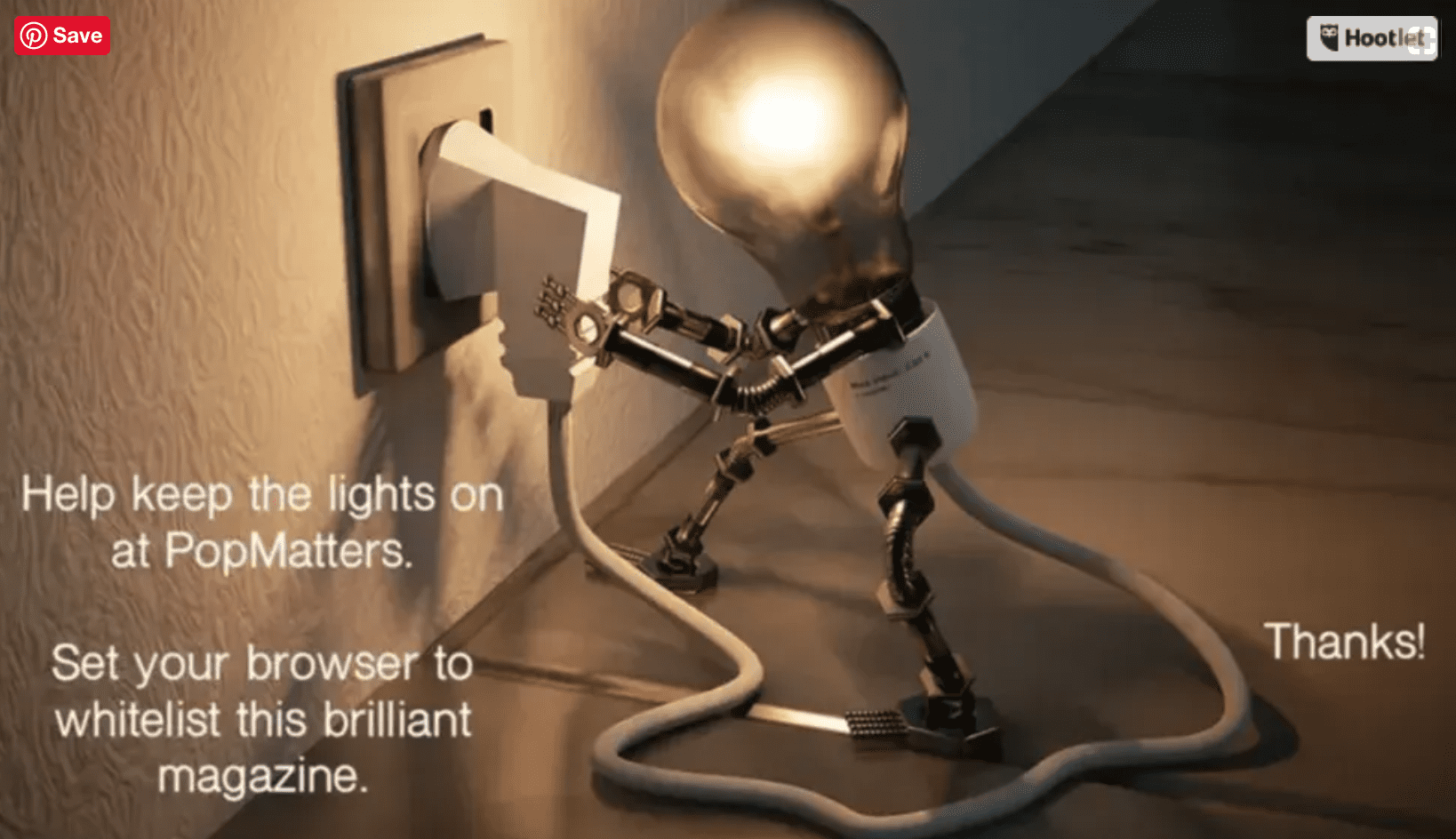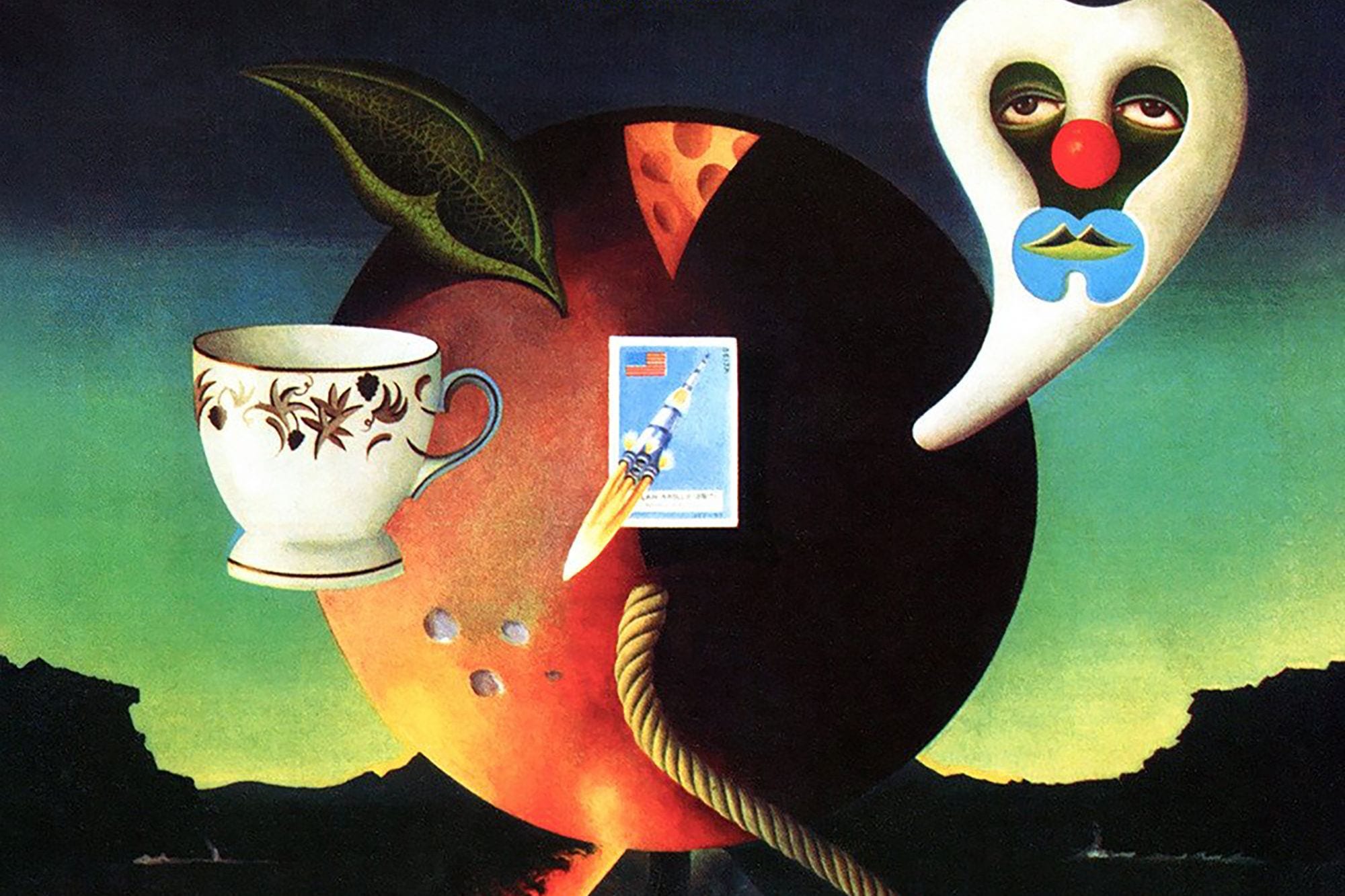
“I saw it written and I saw it say, pink moon is on its way,” begins Nick Drake‘s third, and final, studio album. Released on 25 February 1972, we find ourselves contending with the COVID-19 outbreak less than a month after Pink Moon‘s 48th birthday, shuttered inside our homes, with that promise of rebirth and renewal: the pink moon is coming. Behind grey smog, it may be imperceptible, trapped in a black and ceaseless night, but it will be here nonetheless.
Optimism for the future seems antithetical to Drake’s third album as a whole – it being his last, recorded in a period of depression that would culminate in the singer-songwriter’s premature death in November 1974. It also seems antithetical to the current global health crisis, with increased calls for social distancing trapping people in dark and liminal spaces: between isolation and liberation, indoor stasis and outdoor uncertainty.
Twitter and Instagram, more than ever, have become the premier sounding boards for so many of us now living and working remotely, unable to communicate with colleagues, friends, and family in-person. A positive practice to emerge from such concentrated Internet connectivity (self-quarantine rendering inevitable an exponential increase in screen-time) are the creation, and sharing of, “quarantine playlists“. The hope: these curated listening agendas will not only pass the time but provide much-needed solace amid daily anxieties.
For diehard Drake fans and the uninitiated alike, it is essential to include Pink Moon in these playlists, not least because it is the ultimate quarantine album: best left for 3:00 am listening, splayed out on a cool hardwood floor inside an empty house.

Light bulb by ColiNOOB (Pixabay License / Pixabay)
With the advent of services like Spotify and Tidal, music (now more than ever) is a uniquely social experience. For far longer music has acted as a universal and multigenerational language, informing familial bonds, interpersonal relationships, and identity affirmation with the day-to-day ubiquity of LPs, CDs, record players, and radio stations. Somehow, Pink Moon exists outside of this communal consciousness.
In my own experience, the album seemed to appear out of nowhere, from the folds of a rheumy, Dalí-esque dream, covered in mildew and raindrops. Hearing “From the Morning” for the first time as an 11-year-old, through headphones, alone, in a midday car ride under gray clouds, was a gobsmacking affair, hurling a gentle deluge of saudade into my gut – tranquil but powerful.
Having never before heard of Drake, nor having him introduced to me directly by a friend or family member, discovering Pink Moon was a solitaire pilgrimage, and rarely have my ensuing listens to the album broken that sacred aloneness. The circumstances under which Drake’s third studio release was made mirrored that solitude. Recorded quickly and quietly during two, late-night sessions at Sound Techniques in London (as noted in a January 2000 profile of Drake published in Mojo), with only Drake himself and producer John Wood present, Pink Moon is an artwork rooted in remoteness.
Its commercial reception kept the solitude going, as Island Records jettisoned the album into a sonic stratosphere overrun in 1972 with Exile on Main St., Honky Château, and Something/Anything?, resulting in scarce reviews and underwhelming sales. Despite the record company’s choice to place full-page trade ads for Pink Moon in every major UK and North American music magazine, arena rock and mainstream pop won out. Supplementing that Top 40 bombast, the vanguard of glam rock evident in David Bowie’s The Rise and Fall of Ziggy Stardust and the Spiders from Mars and Transformer by Lou Reed (whose former Velvet Underground bandmate John Cale had worked on Drake’s previous effort, 1970’s Bryter Layter) made little room for a stripped-down folk outing by a scarcely-known singer-songwriter who rarely performed live or granted interviews. Of the music itself, Anthony DeCurtis notes in Rolling Stone:
By the time of these sessions, Drake had retreated so deeply into his own internal world that it is difficult to say what the songs are ‘about’… messages of isolation gradually float to the surface of the songs’ spare, eloquent melodies.
Even amid the plaudits that Pink Moon has received since its overlooked release (praise DeCurtis himself awards the album in his four-star review), Drake’s bleak introspection still proves ambiguous and even frightening to some, nearly 50 years later.
As we retreat into our internal worlds, contending with isolation in the time of COVID-19, Pink Moon – in its creation, and its sound – reflects that seclusion. But is that solitude something we want to stew in, to have thrown back in our faces?
Like any great artwork, Pink Moon is malleable, in meaning and effect. As noted by critic Martin Chilton: “this wonderful album, about loss and failure, is also as much about resurrection.” From the opening track, which reckons with the symbolic “pink moon”, a phenomenon with roots in “folklore – a reference to moss pink, or wild ground phlox, whose pinkish flowers are among spring’s earliest flowers,” the album’s “unsettling” reputation is subverted outright. Is Drake retreating into a dark winter, or rather, drawing us out of one, bathing us in roseate moonlight?
“Place to Be“, the second track, registers as downtrodden with murky lyrics like: “When I was young, younger than before / I never saw the truth hanging from the door” and “Now I’m weaker than the palest blue / So weak in this need for you.” And yet, there is the promise of seeing “face to face”, of being “strong in the sun… greener than the hill, where flowers grow… still”. Ultimately, a plea for serenity is the axis upon which the song rotates: “Just hand me down / Give me a place to be.”
Throughout, Drake makes room for his listener. “Horn“, clocking in at under 1 minute and 30 seconds, features no lyrics, the cavernous hum of reel-to-reel static-filled only by the artist’s melancholy guitar plucking, thick but sparse. It is a poignant ditty to curl up and live inside of.
From excursions like these to lyrically-dense tunes like “Things Behind the Sun“, Drake creates an imaginative soundscape, subverting his solitude as he creates space for the imagined listener on the other side of the gatefold. Listening to Pink Moon this way becomes a productive exercise, perhaps done alone, but an active experience. The mental images that Drake’s palliative music-making can engender – warm, bittersweet, nostalgic – are boundless.
As its final track, “From the Morning” is perhaps the greatest testament to the optimism that can be found in Pink Moon. As Chilton notes, this song “is notable for containing the lyrics ‘And now we rise / And we are everywhere’, which would later feature on Drake’s headstone in Tanworth-in-Arden.” Here is rebirth and, too, the promise of “endless summer nights” where “the air [is] beautiful”. Oh, how we yearn now, more than ever, to escape into that sun-soaked ether. In an LP characterized by brooding, “From the Morning” allows for the necessary light leaks.
Of course, brooding in these times can provide its own kind of catharsis, and lyrically-bleaker tracks like “Parasite” and “Which Will” can gratify in that way, undoubtedly beautiful as they are. But it’s the smaller, subversive moments, like the line: “you can say the sun is shining if you really want to” from “Road“, that fascinate the most. Sung by a man trapped in a kind of personal purgatory, as we field both personal and societal purgatories amid COVID-19 quarantines and lockdowns, a song like “Road” purports that, perhaps, we can be the ultimate creator of our reality, even in the face of hardships that remain out of our control.
Pink Moon is far more complex than its bleakness – in sound, lyrics, and creative circumstances. In times like these, it is an artwork integral to our aloneness, but also to our eventual exodus from quarantine, figurative and literal. It is the kind of album that, despite its murkiness, can fully crystallize the way we understand ourselves and the way we contextualize our existence in the world, even when the world feels hopeless.
Most importantly, it can provide the one thing that, deep down, we all want, amid the chaos, and amid our solitude: a place to simply… be.
* * *
Works Cited
Brown, Mick. “Nick Drake: the fragile genius“. The Telegraph. 25 Nov. 2014.
Chilton, Martin. “‘Pink Moon’: Finding Hope in Nick Drake’s Bleak Masterpiece“. uDiscover Music. 25 Feb. 2020.
DeCurtis, Anthony. “Pink Moon“. Rolling Stone. 17 Feb. 2000.
Freeman, David. “‘Pink Moon’ 2019: How April’s full moon got its nickname“. NBC News. 19 Apr. 2019.
Lustig, Hanna. “People are making coronavirus and quarantine themed Spotify playlists“. Business Insider. 12 Mar. 2020.
MacDonald, Ian. “Exiled from Heaven.” Mojo. Jan. 2000.
McArdle, Megan. “Is extreme social distancing an overreaction? No, unfortunately.“. The Washington Post. 19 Mar. 2020.
Paphides, Peter. “Stranger to the world“. The Guardian. 24 Apr. 2004.
Waldrop, Theresa. “Self-isolation, quarantine, and California’s stay-at-home order: What the terms mean and how they differ“. CNN. 20 Mar. 2020.
- Nick Drake
- Love in the Time of Coronavirus - PopMatters
- Life in the Time of Coronavirus and False Dichotomies - PopMatters
- What Lurks Beneath: 'Jaws', Political Leadership, and COVID-19 - PopMatters
- Coronavirus Tunes: A Brief Playlist for Self-Isolation - PopMatters
- Love at a Socially-Isolating Distance - PopMatters

